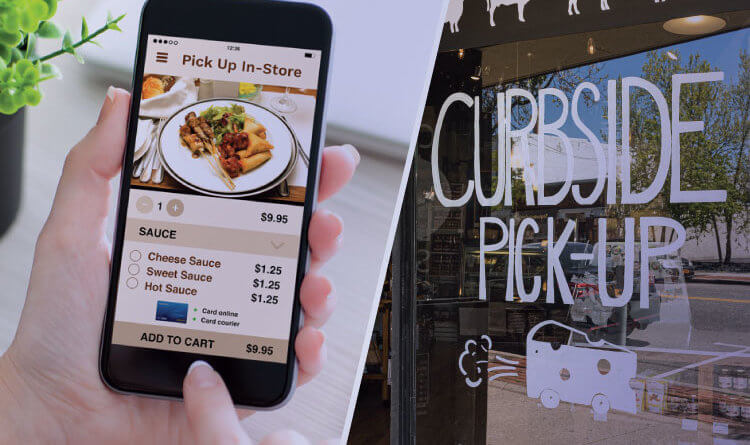4 Payment Technologies That COVID-19 is Pushing Into the Spotlight
The payment and retail landscapes were already undergoing a massive digital transformation before COVID-19 hit. Spurred on by new technologies, customers and business owners have been increasingly seeking out bill pay and checkout experiences that reduce friction; speed up processing and funding times; and eliminate unnecessary wait times or interactions.
Since COVID-19 has made its unfortunate appearance, though, preferences for faster and more digitized payment processes are only growing more urgent. Now, excessive human interactions aren’t just time-consuming, but a potential safety risk. Online shopping and bill pay methods aren’t just convenient; they help maintain social distancing. Mobile order-ahead and contactless payments aren’t just trendy, they provide greater peace of mind.
Now that we’re several months into the COVID-19 pandemic, most business owners and shoppers aren’t gripped by the same fears and uncertainties felt earlier this year. Storefronts are open and people are shopping, yet now with more restraint and considerations in mind. As the world adapts to the coronavirus, several payment innovations are coming out ahead—including some that only mattered to fintech industry insiders mere months ago. Keep reading to learn about 4 payment technologies that have not only shot ahead during COVID-19 but are on track to stick around even after the pandemic passes.
1. Contactless Payments
The most obvious emerging payment technology during the coronavirus outbreak is contactless payments. Contactless payments like mobile wallets and contactless cards utilize near-field communication (NFC) technology to enable short-range radio wave communication between two devices. In the case of contactless payments, the two communicating devices are the payment terminal, and either a smartphone or an embedded NFC chip within the customer’s card.
Contactless payments have taken off for their ability to reduce the handling of cards or cash during the checkout process. However, they offer other benefits that customers will appreciate even after COVID-19 concerns subside—such as a faster checkout time, advanced security, and greater convenience (no need to carry a wallet if you have your phone!).
2. Omnichannel Retail: Buy Online, Pick Up In-Store and Mobile Order Ahead
Omnichannel retail, which is the practice of selling on multiple platforms and seamlessly integrating all platforms, is gaining even more ground during COVID-19. In particular, omnichannel has been huge for the restaurant industry. As many restaurants remain closed or implement strict seating limits, offering order-ahead for takeout and curbside pickup has helped businesses weather the storm.
Brick-and-mortar retailers, too, are utilizing omnichannel practices to bolster their revenue stream. Many merchants have opened full-fledged e-commerce sites that give customers the option to not only order an item to be shipped out, but also to order it online and pick it up in-store. Customers are increasingly opting for buy online pick up in-store, or BOPIS, as they can get their item faster without paying shipping costs while also limiting their time in the store.
3. Real-Time Payments
Real-time payment technology, which enables banks and financial institutions to transfer money between accounts in real-time, was first introduced in the U.S. in 2017 with the launch of The Clearing House’s RTP® (Real-Time Payments). Another U.S. real-time payment service, the Federal Reserve Bank’s FedNow, is currently being developed and is expected to go live in 2023 or 2024.
As more and more customers and businesses experience tremendous financial uncertainty during the pandemic, real-time payment technology is bringing people greater peace-of-mind for its ability to create a more reliable cash flow. Plus, as an electronic payment solution, real-time payment technology is ideal for online bill payments—which, as you’ll see below, are getting even more popular during COVID-19.
4. Online Bill Payments
It’s not just retailers who have been affected by COVID-19; service providers and B2B organizations are navigating new ways to pay and accept invoices. For several years now, check payments have been on the decline as people prefer the speed and ease of paying with a card or by setting up ACH transfers. Now, as more businesses move online, and as organizations and consumers alike opt to limit in-person interactions and trips to the post office, online bill payments are gaining momentum.
Whether it’s setting up automated recurring payments that are withdrawn from the customer’s account, or sending customers an email invoice in which they input their payment information, businesses are finding that online bill pay options are not only social-distancing-friendly, but they improve the overall customer experience.
Is your business looking to implement digital payment processing solutions with staying power and appeal that outlasts the pandemic? Contact us today—we’ll be happy to provide one-on-one support.


